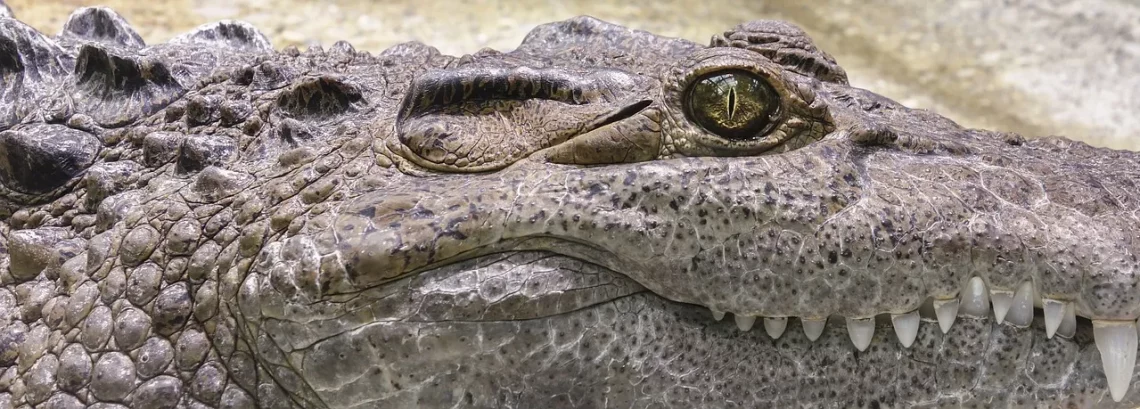
Understanding the Feline Teeth Diagram: A Guide to Cat Dental Anatomy
Understanding the dental anatomy of cats is essential for any cat owner, pet enthusiast, or veterinary professional. Feline dental health plays a crucial role in the overall well-being of our beloved companions. Just like humans, cats require regular dental care to maintain their oral hygiene and prevent various dental diseases. While many pet owners may focus on physical attributes such as fur, size, and behavior, the importance of understanding a cat’s teeth and gums should not be overlooked.
Cats possess a unique dental structure that has evolved over thousands of years to suit their predatory lifestyle. Their teeth are specialized for hunting, grooming, and consuming their prey, which includes small animals like rodents and birds. A cat’s mouth houses a variety of teeth, each with its distinct function, from sharp incisors to powerful molars. Understanding this anatomy can help you identify potential dental issues early on and ensure that your feline friend maintains a healthy mouth throughout its life.
Moreover, education around feline dental health can empower owners to take proactive steps in maintaining their cat’s oral hygiene. Whether through regular vet visits, dental check-ups, or learning how to brush your cat’s teeth, knowing what to look for can make a significant difference in preventing dental diseases. With this foundational understanding, you can provide the best care for your furry friend, ensuring their mouth remains healthy and free from pain.
The Structure of a Cat’s Teeth
A cat’s dental anatomy is fascinating, consisting of various types of teeth, each serving a specific purpose. Adult cats typically have 30 teeth, which include incisors, canines, premolars, and molars. Each of these types of teeth plays a critical role in the cat’s ability to eat, groom, and defend itself.
Incisors are the small teeth located at the front of the mouth. Cats have 12 incisors, six on the top and six on the bottom. These teeth are primarily used for grasping and tearing food, as well as grooming their fur. The action of biting with the incisors enables cats to remove dirt and debris from their coats, which is an essential part of their grooming behavior.
Next, we have the canines, commonly referred to as “fangs.” Cats possess four canines, two on the top and two on the bottom. These long, sharp teeth are crucial for holding onto prey and delivering a fatal bite. The canines also play a vital role in a cat’s defense mechanisms, making it easier to fend off threats.
The premolars and molars are located at the back of the mouth and are responsible for grinding food. Cats have 10 premolars and 4 molars, which work together to break down their food into manageable pieces before swallowing. Unlike humans, who primarily use flat molars for grinding, cats have sharper molars that assist in slicing through meat.
Understanding this structure is essential for recognizing any dental issues. For instance, a cat may develop periodontal disease, which can affect the gums and lead to tooth loss if not addressed. Regular dental check-ups and a good home dental care routine can help keep your cat’s teeth healthy and functional.
Common Dental Issues in Cats
Dental health issues are common among cats, and being aware of these problems can help owners take preventive measures. One of the most prevalent conditions is periodontal disease, which involves inflammation of the gums and supporting structures of the teeth. This condition is often caused by the accumulation of plaque and tartar, leading to bad breath, gum recession, and eventual tooth loss.
Signs of periodontal disease in cats may include difficulty eating, pawing at the mouth, and excessive drooling. If you notice any of these symptoms, it’s crucial to consult a veterinarian who can provide a thorough dental examination and recommend appropriate treatment.
Another common issue is tooth resorption, a painful condition where the body starts to break down and absorb the tooth structure. This condition often goes unnoticed until it becomes severe, leading to significant pain and discomfort for the cat. Symptoms may include reluctance to eat, vocalization while eating, and visible dental issues. Early diagnosis is key to managing tooth resorption effectively.
Additionally, fractures can occur due to trauma or chewing on hard objects. A broken tooth can lead to infections and significant pain if not treated promptly. Regular dental check-ups can help identify any fractures or other underlying issues before they worsen.
Cats can also experience other dental problems such as gingivitis, stomatitis, or even oral tumors. Every cat is different, and various factors can influence their dental health, including genetics, diet, and grooming habits. Understanding these common dental issues can empower cat owners to seek timely veterinary care and maintain their cat’s oral health.
Maintaining Your Cat’s Dental Health
Maintaining your cat’s dental health is essential for their overall well-being. Fortunately, there are several proactive steps that pet owners can take to ensure their feline friends maintain healthy teeth and gums. Regular veterinary check-ups play a critical role in this process. During these visits, your veterinarian can perform a thorough dental examination, check for signs of disease, and recommend a professional dental cleaning if necessary.
At home, establishing a routine for dental care is equally important. One of the most effective methods is to brush your cat’s teeth regularly. While it may take some time for your cat to become accustomed to this process, using a toothbrush and toothpaste specifically designed for cats can make it easier. Gradually introducing the toothbrush and allowing your cat to taste the toothpaste can help acclimate them to the experience.
In addition to brushing, providing dental treats or toys can be beneficial for maintaining oral hygiene. Many products are designed specifically to help reduce plaque and tartar buildup while satisfying your cat’s natural urge to chew. However, always ensure that these treats are appropriate for your cat’s size and age to prevent choking hazards.
Diet also plays a crucial role in dental health. A balanced diet rich in nutrients can help strengthen teeth and gums. Some cat foods are formulated to promote dental health by incorporating ingredients that help reduce plaque and tartar buildup. Consulting with your veterinarian about the best dietary options for your cat can be advantageous.
Lastly, being observant of any changes in your cat’s behavior or eating habits can help catch potential dental issues early. Early intervention can make a significant difference in treatment outcomes, ensuring that your cat remains healthy and pain-free.
In conclusion, understanding feline dental anatomy and maintaining oral health is vital for your cat’s quality of life. Regular veterinary care, home dental care practices, and a balanced diet can go a long way in keeping your cat’s teeth and gums healthy.
**Disclaimer: This article is for informational purposes only and does not constitute medical advice. For any health-related concerns regarding your pet, please consult a veterinarian.**




